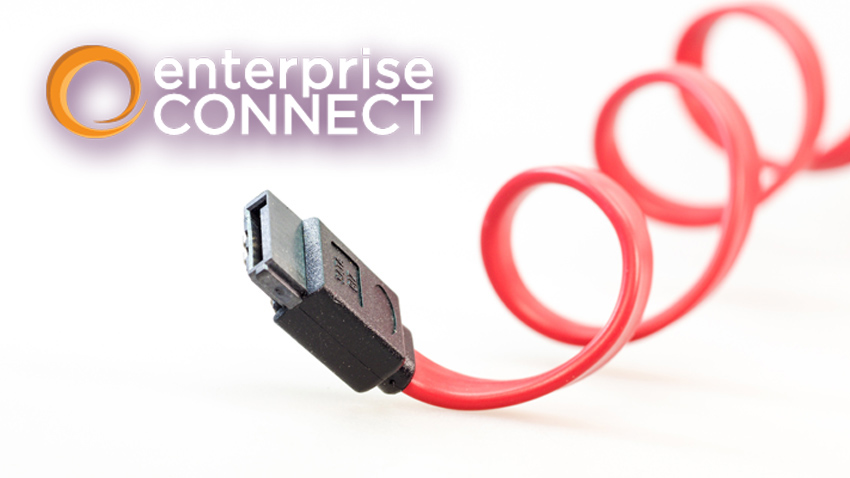At Enterprise Connect this year, UC Today discovered that SD-WAN might have more value to offer enterprises than anyone previously thought. After all, this is the network architecture capable of matching the versatility and speed of the cloud.
The second day of 2017 Enterprise Connect began with a panel on SD-WAN solutions. In the past, the majority of the value around SD-WANs has revolved around the cost savings that companies can achieve on bandwidth, as organisations search for new ways to cut the costs of running on wide area networks. Often, these cost savings come from replacing high-cost MPL solutions with cheaper broadband services. However, the value proposition of SD-WAN goes much further than just lower prices. Here are some of the benefits that Zeus Kerravala covered on his panel around SD-WAN capabilities.
Ability to Manage Problems
A lot of legacy networks exist on the premise of “active-passive” pairing, wherein a primary circuit connects two points, and backups activate when the primary fails. The problem with this is that blackouts in power aren’t as common as “brown-outs” when the network becomes congested and creates a situation wherein the circuit is still connected, but unable to perform properly. An SD-WAN doesn’t wait for a full circuit outage to work, it can be configured to protect not only against over-arching failures but also to dynamically change paths when performance suffers.
Simple Configuration
Within the SD-WAN panel, Mike Wood from VeloCloud mentioned that SD-WAN services run on infrastructure which separates the data and control planes. When the control and data planes are coupled tightly, each device in a network needs to be configured individually. Unfortunately, this can take months for larger networks. By separating the data and control plane, the elements for control can be made available through software, simplifying the configuration. SD-WANs allow for changes to be made in minutes, rather than months.
Orchestrating Networks
Any SD-WAN solution comes with “northbound APIs”, which allows applications to speak to the network directly. For instance, if customers want to engage in video calls to two locations that aren’t connected, engineers may need to create manual paths between locations before the video session. Once the call is over, the engineer would need to remove that path. Through the APIs, the video server can speak to the network and create an overlay path wherein the video happens, and the path is automatically torn down.
Instant Provisioning
One of the primary challenges that branch offices face is to do with remotely adjusting network services. One solution may be to try and configure the router before it’s sent out. Another option is to ship the device for the network to the location, then fly someone out to configure it. Neither choice is ideal. The majority of SD-WAN infrastructure is designed on a Zero Touch model, where it can simply connect to home when linked to a network, and automatically configure itself.
Complete Cloud Connectivity
With a legacy design, cloud solutions can be accessed through an internet connection from the hub. In this case, traffic moves from the internet to the hub, and up to the spoke, where the user can complete tasks, and the traffic moves back down the spoke, within the hub, and into the internet. Obviously, this is pretty inefficient and wastes a lot of bandwidth. However, SD-WAN solution providers offer direct connections to cloud services. This means that instead of going through a host of network hops, the cloud can be reached instantly. This significantly improves the performance of SaaS by lowering the amount of latency and jitter.
It’s Simpler
Finally, the topology of SD-WAN is more complex than legacy networks because it does more. However, SD-WAN solutions also come with more robust management systems that take control of much of the complexity, so operationally, they’re much simpler. While cost savings are obviously a good reason to invest in SD-WAN services, it’s important to remember that these solutions also offer more uptime, better performance, and greater productivity too!







